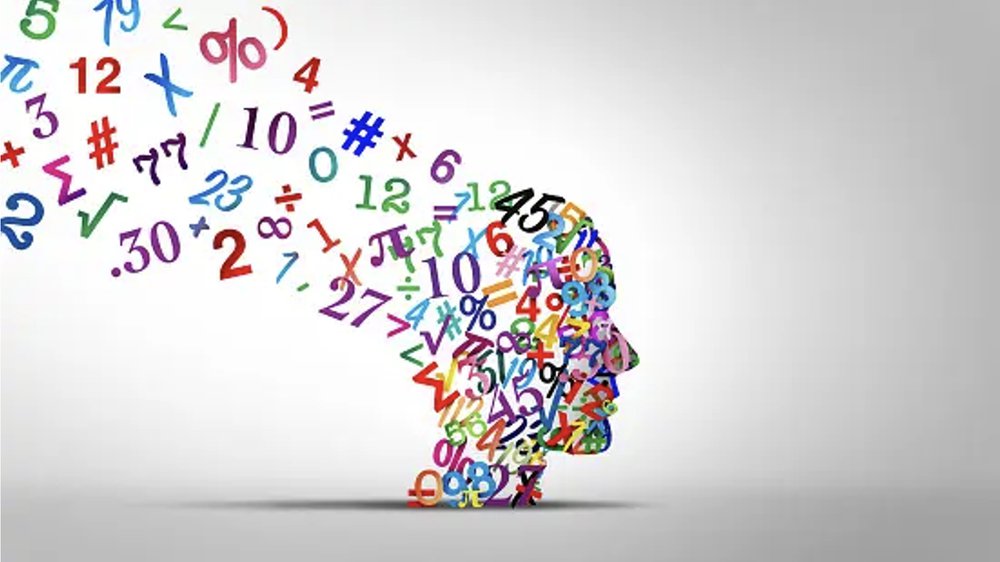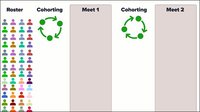At Clint Independent School District, we recognized the need to help our elementary students develop a conceptual understanding of math. We decided to focus on conceptual understanding because it helps students transfer their math skills to new problems far more readily than procedural knowledge. We also wanted them to be able to work both independently and with a teacher on skills they needed to review. Here’s how our transition toward a more conceptual approach to teaching and learning math built excitement and improved test scores.
Putting Resources to Work to Deepen Learning
The math program we use for our Tier I instruction focuses on the concrete-representational-abstract (CRA) process. Our supplemental resource uses puzzles to visually represent math concepts and challenges. The use of visual puzzles rather than language to illustrate ideas and pose challenges makes it a great fit for all students, including those who are learning English. It also helps students build the conceptual foundation of math, even with concepts they have not been introduced to yet, helping them learn more deeply. During the district's STAAR Interim Assessments, as well as the BOY, MOY, and EOY assessments such as NWEA MAP Growth, and the Eureka Math Module Assessments, students are linking their learning with ST Math. These connections assist students in developing effective problem-solving strategies.
Our math classes use a station rotation model, which gives students an opportunity to explain their mathematical thinking to their classmates. Students also participate in small-group or class-wide puzzle talks, led by their teacher. This teacher-facilitated/student-centered approach encourages students to engage in mathematical discourse as their classmates and teacher model thinking aloud while they work through a puzzle. It also allows teachers to identify and correct misconceptions in students’ understanding of mathematical concepts so they can focus on problem-solving.
We recently started integrating companion lessons that enhance our Tier I instruction, so now students have an opportunity to see the math they’re learning presented in a more conceptual way, right alongside the more procedural instruction they’re receiving.
Generating Excitement about Math
Generating excitement was key to what we needed to accomplish. We knew that they would see the games and puzzles as fun as well as useful and connected to the math they were already learning.
The district first introduced our math program during remote learning due to COVID, but the program wasn’t implemented the way we would have liked, so we decided to have a big launch celebration once faculty and students were back in-person.
We had math mascot, JiJi the penguin, visit our elementary schools along with drum lines from our district’s high schools. We’ve never seen students so excited about math! They were chanting and yelling for JiJi, and to this day they get excited to see the penguin.
We have a number of ongoing initiatives to keep the excitement high. The El Paso Zoo, for example, just added a penguin exhibit, so the class that completes the most math lessons will win a trip to visit JiJi’s cousins there. We often give the campuses with the highest usage big piñatas. One of our teachers who was excited about the program started a March Madness competition among the classrooms to see who could log the most minutes each week, with giveaways for the winners. Many teachers create their own classroom competitions by rewarding the highest individual users in their own classrooms with certificates and prizes, including notes thanking them for their math problem-solving.
Boosting Engagement and Test Scores
Throughout the school year, we monitor the math program usage by sending weekly emails to campuses and conducting monthly contests for teachers who complete the most puzzles. Teachers assign puzzles aligned with the assessment to reinforce their data-driven instruction. Our weekly usage reports suggest that our new approach is boosting engagement just as we’d hoped. In fact, many of our students have individually racked up 5,000 minutes or more. Our professional learning communities are all quite competitive with each other as well, so they’re always eager to compare weekly results.
Prior to implementing our new approach, our teachers were focused on procedural mathematics, but now they focus more on conceptual understanding, using data to target areas where students need support understanding the underlying concepts. The results of this shift in instruction were immediately evident. I used to see students who needed additional support sitting, and often stuck, in front of a computer. Now when I walk into a classroom, I see those students engaged in doing things like using manipulatives and working concretely through the math they are learning to arrive at a more conceptual understanding. I see students independently explaining their own thinking or drawing pictures to illustrate the concepts within the math they are doing.
Our program provided us with a STAAR Analysis demonstrating the correlation between program usage and STAAR growth. The analysis revealed that if a 3rd-5th grade student in Clint ISD completes 100% of their grade level journey, we can anticipate an increase of 73 scale points on the STAAR assessment.
With this move from procedural math to conceptual understanding, our district now sees students engaged, teachers empowered, and results soar with year-over-year improvement in our STAAR Assessments.
About the authors
Ruben Castillo is a math coordinator at the Clint Independent School District in El Paso, Texas. He can be reached at ruben.castillo6@clint.net.
Liza Marquez currently serves as the elementary dual language coordinator at Clint ISD, bringing with her 13 years of experience in the field of education. Her expertise spans various educational levels, from elementary to high school. She can be reached at liza.marquez@clint.net.











